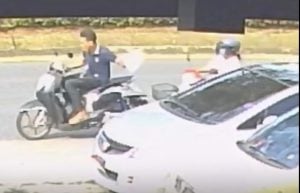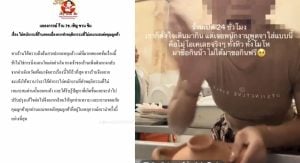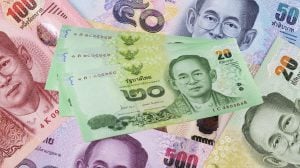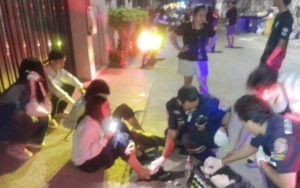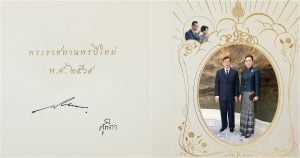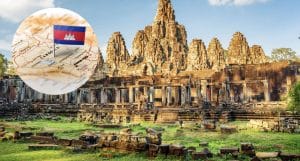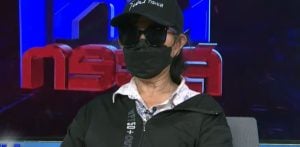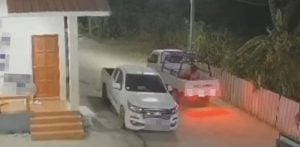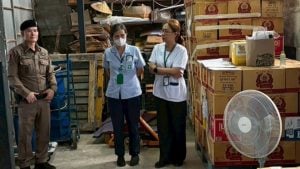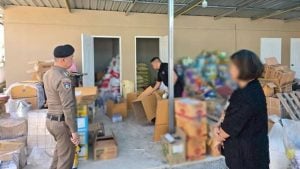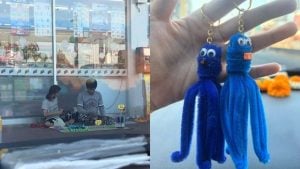1000 year old stolen lintels will arrive in Thailand tomorrow night
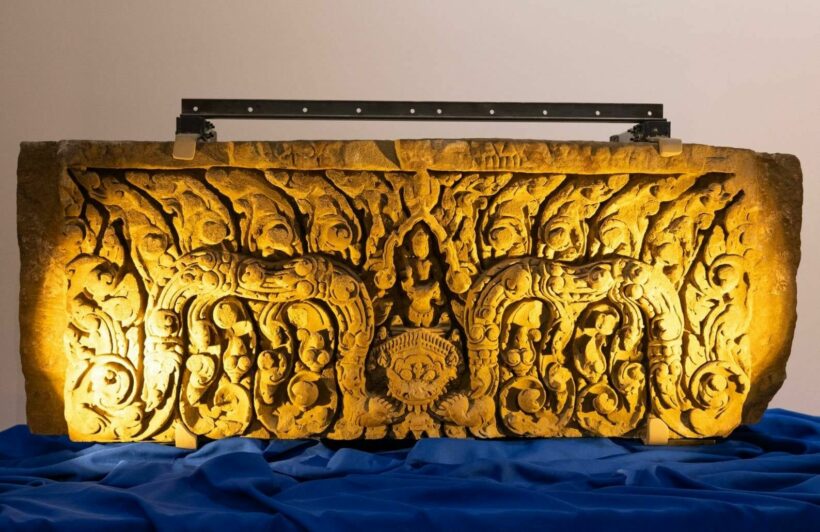
Two ancient stolen lintels from Thailand’s Khmer past, dated around the 11th century, are returning to Thailand after being smuggled out of Thailand during the Vietnam War. A lintel (don’t worry, we had to Google it too) is the top beam or arch of a doorway structure, and this artefact from the Lopburi period was carved from sandstone about 1000 years ago. A repatriation ceremony was held at the Royal Thai Consulate-General in Los Angeles to commemorate the return of the priceless ancient art, scheduled to arrive back in Thailand about 10 pm tomorrow.
One lintel was from the Prasat Nong Hong in Buriram with a hand carving of Yama Deity. The other lintel, depicting Indra Deity on Kirtimukha, or the glorious face, was from the Prasat Khao Lon in Sa Kaew province. Photographic evidence shows the stolen lintels in their original homes within each of these temples before it is believed they were smuggled out of Thailand in the shadows of the war in Vietnam.
The stolen lintels each weigh about 680 kilogrammes and were stolen and sold to European antie merchants in the late 1960s, later sold to an anonymous antique trader for about $15,000 each according to the director-general of Thailand’s Fine Arts Department. The Nong Hong lintel was donated to the Asian Art Museum in San Francisco in 1966 and the Khao Lon lintel was purchased 2 years later by the museum.
Upon arriving in Thailand, the ancient artefacts will be closely examined by experts and then transferred to the Bangkok National Museum on Monday to be put on display in Issara Vinijchai Throne Hall, the museum’s main hall. The opening will be attended by PM Prayut Chan-o-cha, but the date has not been confirmed due to Covid-19.
On Tuesday, Homeland Security Investigation joined the consulate to officially return the stolen lintels to Thailand after 6 decades apart. Special agents from the HSI joined Consul-Generals from Thai Embassies in Los Angeles, Chicago, and New York, as well as the Thai ambassador to the US for the ceremony.
The Thai ambassador gave a speech thanking all agencies involved in the return and sharing the hope that it will open the gates to the recovery of other ancient Thai antiquities. The HSI also spoke of the importance of returning antiquities that hold historical, archaeological and cultural importance to their rightful countries and to museums, stating that the organisation has aided in repatriating over 13,000 artefacts and antiquities.
The investigation took more than 3 years to track down and gather evidence before the recovery of the priceless ancient artefacts. It began with a group of local Thais investigating about 300 bronze artefacts and stumbled onto the stolen lintels. The Thai consulate expressed thanks to the US agencies involved and the long friendly relationship between the two countries.
SOURCE: Royal Thai Embassy Los Angeles, Bangkok Post, and Thai PBS World
Latest Thailand News
Follow The Thaiger on Google News:


